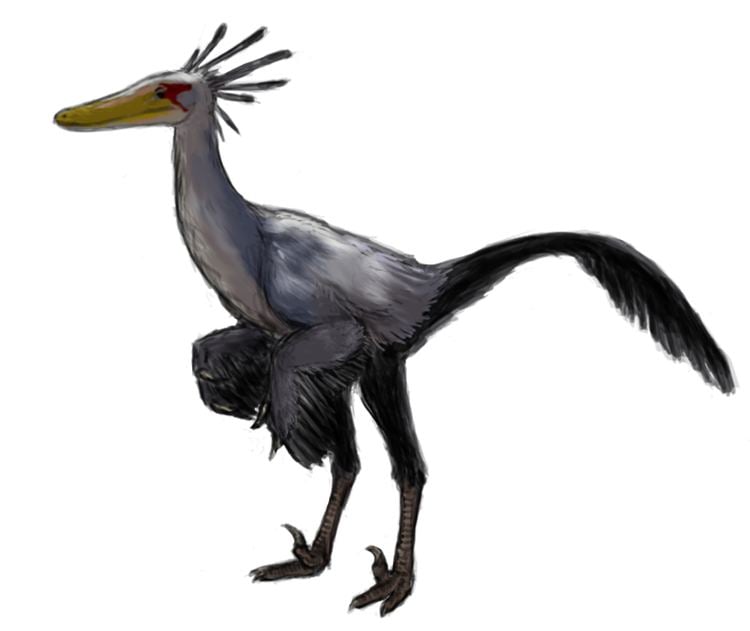 | ||
This timeline of troodontid research is a chronological listing of events in the history of paleontology focused on the troodontids, a group of bird-like theropod dinosaurs including animals like Troodon. Troodontid remains were among the first dinosaur fossils to be reported from North America after paleontologists began performing research on the continent, specifically the genus Troodon itself. Since the type specimen of this genus was only a tooth and Troodon teeth are unusually similar to those of the unrelated thick-headed pachycephalosaurs, Troodon and its relatives would be embroiled in taxonomic confusion for over a century. Troodon was finally recognized as distinct from the pachycephalosaurs by Phil Currie in 1987. By that time many other species now recognized as troodontid had been discovered but had been classified in the family Saurornithoididae. Since these families were the same but the Troodontidae named first, it carries scientific legitimacy.
Contents
Many milestones of troodontid research occurred between the description of Troodon and the resolution of their confusion with pachycephalosaurs. The family itself was named by Charles Whitney Gilmore in 1924. That same year Henry Fairfield Osborn named the genus Saurornithoides. In the 1960s and 1970s researchers like Russell and Hopson observed that troodontids had very large brains for their body size. Both attributed this enlargement of the brain to a need for processing the animal's especially sharp senses. Also in the 1970s, Barsbold described the new species Saurornithoides (now Zanabazar) junior and named the family Saurornithoidae, but as noted this was just a junior synonym of the Troodontidae in the first place.
In the 1980s Gauthier classed them with the dromaeosaurids in the Deinonychosauria. That same decade Jack Horner reported the discovery of Troodon nests in Montana. Interest in the life history of Troodon continued in the 1990s with a study of its growth rates based on histological sections of fossils taken from a bonebed in Montana and the apparent pairing of eggs in Troodon nests. This decade also saw the first potential report of European troodontid remains, although this claim has been controversial. A single mysterious tooth from the Late Jurassic Morrison Formation of the United States was described as the oldest known troodontid remains, although this has also been controversial. In the 2000s, several new kinds of troodontid were named, like Byronosaurus and Sinovenator.
1850s
1856
1870s
1876
1877
1900s
1901
1910s
1913
1920s
1924
1930s
1932
1940s
1945
1960s
1964
1969
1970s
1974
1975
1977
1980s
1982
1985
1986
1987
1990s
1990
1991
1993
1994
1995
1996
1997
1998
1999
2000s
2000
2001
2002
2004
2005
2007
2009
2010s
2010
2011
2012
2014
